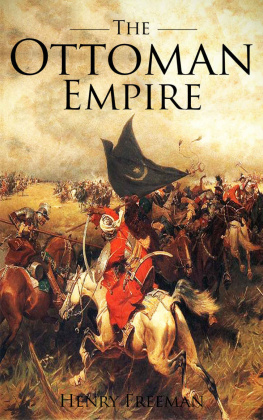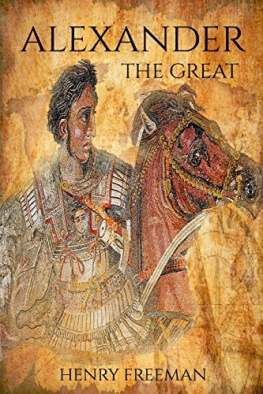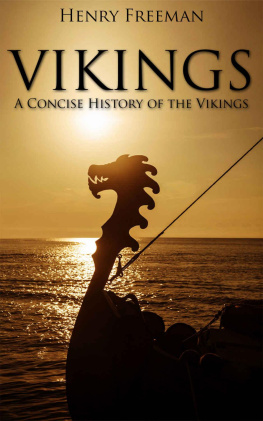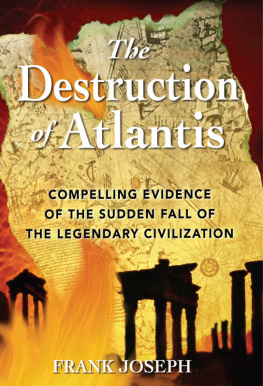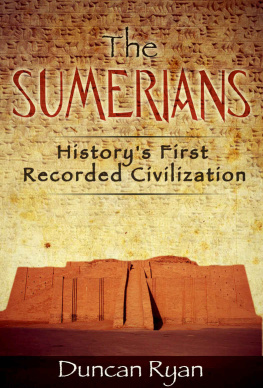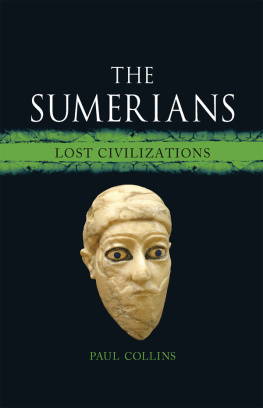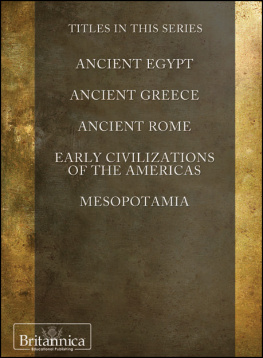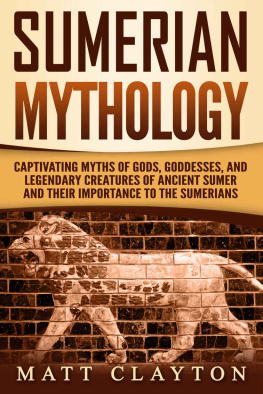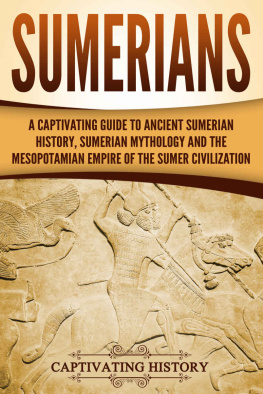All rights reserved.
Introduction
The way we make sense of the world, how we build our communities and societies, and how we interact with one another raise the question for many of us: how different are we from ancient civilizations? So many aspects of our daily lives can be traced back thousands of years to the cradle of civilization in the Middle East where the Sumerians lived for several millennia alongside other civilized groups. One of the earliest urban agrarian societies to emerge in the world in recorded history, the Sumerians left us with extraordinary answers to these questions in our efforts to understand how humans survived and progressed in various endeavors and how ancient human ideas shaped our world today.
The answers they left for us lie deep in the ground of ancient Mesopotamia. They have intrigued scholars and the curious reading public who try to piece together what life was like through each fragment that archaeologists have found and continue to find. These clay tablets, geological records, inscriptions, and cultural artifact traditions give us deeper meaning as we explore the development of the human race.
The extraordinary impact of their curiosity, skills, and discoveries on our everyday lives transcends the enormous amount of time that divides us from the Sumerians. Do you know if you had a chance to talk and have lunch with an ancient Sumerian today, they might be pleasantly surprised to know that we still keep time with their concept of a 24-hour day? All the devices we use to keep time might confuse them, but theyd be sure to appreciate that the system that we inherited from them still divides each hour into sixty minutes and each day into 24 hours. If you drew them a circle, they would know that it was 360 degrees all the way around, because they were the first to divide a circle into 60 degree sections some 4000 years ago. They used a base-12 system and a base-60 system rather than a base-10 system. The year was split into 12 segments. They used the base-60 system to divide a circle into 360 degrees.
This book will delve deeper below the surface on these and many more Sumerian contributions that help us make sense of the world, help u build our communities and societies, and help us interact with each other. It will show us of our similarities as well as our differences. It will trigger our imaginations; it will allow us a look through the extraordinary eyes of archaeologists, anthropologists, historians, and scholars as they continue to solve humankinds biggest mysteries.
At times, many of us get consumed by the worldview of our individual societies today and only see the Middle East as an area of the world that is distant, dangerous, and deeply embroiled in conflict. Over the years, teams of scientists have had to postpone excavations when world wars or regional conflicts would mean risking their lives. Now, in the meantime, many of us who read about Syrian refugees fleeing from their homeland, and who are just as concerned about the development of the human race, try to gain a better understanding of the nature of the conflicts in this region.
Its informative to place the problems in the region that we see today into a deeper historical and geographical context to guide us in developing a broader perspective and to appreciate their human struggles. With that in mind, it might surprise many that the disappearance of water and natural resources in the region is also related to ancient Sumerians. The very knowledge that they passed down to those generations who have tried to continue to live in the Fertile Crescent of Mesopotamia is being threatened. This book will open your eyes and reveal efforts to restore and retain the knowledge, practices, and plant life that hold historical and regional value.
In the race to save antiquities, the story of what impact the Sumerian civilization has had on usdespite the ages and our advancementsis irreplaceable. We see the incalculable importance of furthering our understanding at a time when we are witnessing the intentional destruction of the shared inheritance of different empires and civilizations by rogue violent groups like Daesh (ISIS). As we embark on this journey, we will learn about the resilience, values, culture, history, and kingdoms of the ancient Sumerians that drove this civilization to new heights. The ancient Sumerians continue to fascinate us and fill us with a sense of wonder despite their fall.
In honor of the importance the Sumerians placed on the number 12, the pages that lie between each of the following 12 chapters will intrigue you, raise more questions and provide some answers. As the clock ticks and the hours pass, our human thirst for knowledge to seek answers and achieve progress reveals the mastery and importance of these ancient people to the development of human civilization.
Chapter One
How We Know What We Know About Sumerians
Piecing together ancient remnants involves a high level of effort in the search for evidence. Historians, archeologists, cultural anthropologists and geologists have done most of the literal dirty work by unearthing an increasingly higher number of clues about the fascinating lives of the Sumerians. Among these source materials are thousands of clay tablets, inscriptions, architectural ruins, brick molds, tools, columns, sculptures, art, , metals, steles and cylinders. Theyve used carbon-14 dating for stratigraphic and dating purposes and various other techniques mentioned further in this chapter.
The evidence researchers have unearthed includes the infamous all-important King List, which is a 4,000-year-old unique cuneiform tablet found in the early 1900s at the site of ancient Nippur and published in 1906. It was written circa 2100 BCE and has proven to be an invaluable tool for establishing political and societal insights based on its list of rulers, Sumerian myths, legends, and hyperbolic accounts linking the kings to their gods. It reflects old traditions within a chronological framework that has provided both answers to existing questions while raising new ones altogether, and it explains how kingship was a divine institution to the Sumerians. Its influence on other Sumerian aspects of politics and society has been traced; as you will learn in the following pages, the pantheistic Sumerians were deeply motivated by pleasing their gods and had a complex system of deities that determined much of their fate.
The history of Sumer has been deduced from the accumulation of this tremendous amount of archeological, historical and geological evidence. Often, newer excavations are based on the knowledge of previous ones. Time will tell, as the saying goes, but what time has delivered to us is a growing understanding of the history of the Sumer people and their city-states. These city-states were in a state of near-constant warfare as they vied for control of the region. Time has shown many of their incredible inventions and systems, and will continue to present us with further knowledge with every new excavation. Famous Sumerologists include Samuel Noah Kramer and Thorkild Jacobsen, among many other historians and scholars that have shared fascinating accounts and interpretations of the evidence that the Sumerians left behind. Jacobsen in particular is known for offering those who study ancient Mesopotamian civilization hope for more collaborative research in the field; since its inception in the nineteenth century, the field recognized that the division of labor between archaeologists and historians has often skewed the end result of research.



